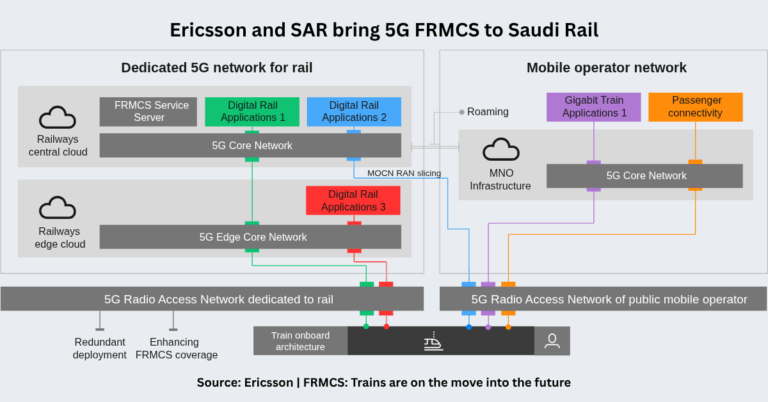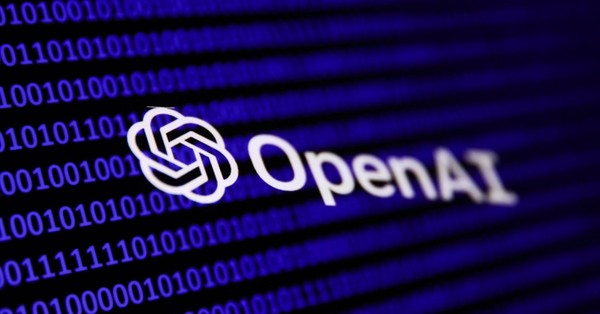Introduction
Incident response best practices are crucial for maintaining the reliability and stability of modern IT systems. By combining Site Reliability Engineering (SRE) and DevOps methodologies, organizations can effectively respond to incidents while also improving overall system performance and reliability. Implementing incident response best practices is essential for minimizing downtime and ensuring customer satisfaction. By leveraging the principles of SRE and DevOps, organizations can proactively address issues, automate processes, and continuously improve their systems. By establishing clear communication channels and response protocols, teams can quickly identify and resolve incidents before they escalate. This proactive approach minimizes the impact on operations and helps build trust with customers and stakeholders.
Understanding Incident Response
By conducting regular incident response drills and simulations, teams can ensure they are prepared to handle any situation that may arise effectively. Additionally, documenting and analyzing incidents post-resolution can help identify areas for improvement and prevent similar issues in the future. Implementing a comprehensive incident response plan is essential for organizations to manage and mitigate potential risks effectively. Teams can enhance their overall incident response capabilities by continuously refining and updating protocols based on lessons learned from past incidents.
Integration of SRE and DevOps in Incident Response
Organizations can streamline communication and collaboration between development and operations teams by incorporating Site Reliability Engineering (SRE) and DevOps principles into incident response processes. This integration can help identify root causes of incidents more quickly and implement automated solutions to prevent future occurrences. Additionally, the use of automation tools in incident response can help reduce manual errors and response time, ultimately improving overall efficiency. By fostering a culture of continuous improvement and learning within incident response teams, organizations can better adapt to evolving threats and challenges.
Preparation and Planning
Preparation and planning are essential components of effective incident response, as they allow teams to anticipate potential issues and develop proactive strategies. By conducting regular drills and simulations, organizations can ensure that their teams are well-equipped to respond swiftly and effectively in the event of an incident. Regularly reviewing and updating incident response plans based on lessons learned from drills and real incidents is crucial for maintaining readiness.
Additionally, ensuring clear communication channels and designated roles within the team can streamline decision-making during high-pressure situations. Organizations can minimize confusion and maximize efficiency during an incident response by establishing a clear chain of command and ensuring that all team members are trained on their roles and responsibilities. Furthermore, conducting post-incident reviews to identify areas for improvement and implementing necessary changes can help enhance the overall effectiveness of the incident response process.
Monitoring and Alerting
Implementing automated monitoring systems and setting up alert mechanisms can help organizations quickly identify and respond to potential incidents in real-time. This proactive approach can significantly reduce response times and mitigate the impact of security breaches or other critical events. Regularly updating and testing incident response plans can also ensure that teams are prepared to handle any situation that may arise effectively. Additionally, providing ongoing training and education to staff on best practices for incident response can further strengthen an organization’s overall security posture. Employees can become more vigilant in detecting and reporting potential threats by fostering a culture of security awareness and accountability. This holistic approach to incident response can create a more resilient organization that is better equipped to prevent and address security incidents effectively.
Incident Triage and Escalation
In the event of a security incident, it is crucial for organizations to have clear protocols in place for incident triage and escalation. This includes establishing a designated response team with defined roles and responsibilities to quickly assess the situation and determine the appropriate level of escalation based on severity. Having a well-defined incident triage and escalation process ensures that security incidents are addressed promptly and efficiently, minimizing the impact on the organization. Organizations can effectively coordinate their response efforts and mitigate potential risks by establishing clear communication channels and escalation procedures.
Root Cause Analysis and Post-Mortems
Root cause analysis and post-mortems are essential components of incident response. They allow organizations to identify the underlying issues that led to the security incident and implement measures to prevent similar incidents in the future. By conducting thorough analyses after each incident, organizations can continuously improve their security posture and strengthen their overall resilience against cyber threats.
Implementing incident response playbooks
Developing and regularly updating incident response playbooks can streamline the response process and ensure that all team members are aware of their roles and responsibilities during a security incident. Additionally, regular tabletop exercises can help organizations test their response plans’ effectiveness and identify areas for improvement. These exercises simulate real-world scenarios and allow teams to practice their response in a controlled environment. By incorporating lessons learned from these exercises into the incident response playbooks, organizations can enhance their readiness to handle cyber incidents effectively in the future.
Automation and Remediation
Automation tools can also be utilized to streamline response processes and reduce manual intervention, allowing teams to respond to incidents more efficiently. Implementing automated remediation solutions can help organizations quickly contain and mitigate the impact of security incidents, minimizing potential damage and reducing downtime. By automating repetitive tasks, teams can focus on more critical aspects of incident response, such as threat analysis and containment strategies. Additionally, automated remediation can help organizations respond to incidents in real-time, increasing their ability to adapt to evolving threats and minimize the impact on their operations. Overall, automation in incident response can significantly enhance an organization’s cybersecurity posture by enabling faster and more effective threat mitigation. This proactive approach can ultimately strengthen the organization’s overall resilience against cyber threats.
Conclusion
Implementing automation in incident response is essential for organizations looking to improve their cybersecurity defenses and effectively combat cyber threats. By streamlining processes and enabling real-time responses, automation can help organizations stay ahead of potential threats and minimize the impact of security incidents on their operations. Additionally, automation can help reduce human error in incident response, ensuring a more consistent and reliable defense against cyber threats. Overall, integrating automation into incident response strategies can enhance the organization’s ability to detect, respond to, and recover from security incidents promptly and efficiently.





































